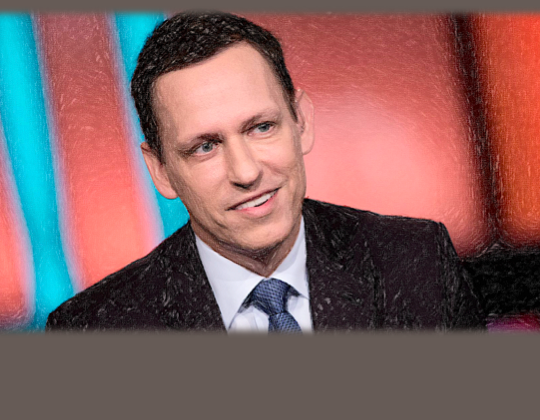Clarium Capital is an American hedge fund firm co-owned by Peter Thiel and established in 2002. The main objective of Clarium Capital was to pursue a global macro initiative. Before founding Clarium, Peter Thiel co-founded PayPal and was also a key investor in the supplementation of Facebook in the social networking giant’s early days.
Six years after Clarium Capital was formed, Thiel was estimated to have accumulated over $8 billion in assets under the hedge fund. However, in 2010, after battling recession, Clarium Capital lost around 90% of its key investors.
This caused the buzz that accumulated around the hedge fund, for which plenty investors had high hopes. But investors responded with high scrutiny of the funds somewhat controversial maxims of the investment company manifested failure and the reasons that led to its downfall.
However, there are analysts that argue over whether the hedge fund was a failure or not. Looking at the situation from a different perspective, discounting the notions and principles that you might find in a book, you might form a different opinion about what happened.
There is no doubt that when recession hit the US economy, it was harder to invest in private companies and hedge funds, a majority of assets that were under Thiel’s hedge fund dropped quickly and significantly. The total drop of assets was estimated from $8 billion to $1 billion. There is no question that this marked as an overwhelming crisis for the firm.
Looking at the history of the company from 2002 to 2010, with having a slight idea of what capital dynamics are, you will disagree with the fact that Clarium’s capital management and record in aggregate was poor.
Interestingly, quite a lot of many analysts argue that Peter Thiel saw the forthcoming economic calamity and raised the capital to a massive $8 billion. However, it is also true that the internet has a lot of inaccurate information about Thiel’s downfall.
When recession hit the US economy, during the massive credit crunch in 2008, Clarium Capital had to lower its capital considerably, primarily because of the fact it was losing key investors. Naturally, during a credit crunch hedge, fund investors tend to withdraw their capital. But to say that investors were pulling withdrawing out money because the firm was incurring tremendous losses is not right. Peter Thiel’s company did not lose $7 billion worth of assets; rather he lost due to investor withdrawal. This is something that every hedge fund firm was experiencing at the time.
Although, you can say that the company’s annual revenue was subject to quite a lot of market volatility, but if you look at the overall record, it was indeed making money. Mentioned below are the return figures of the company till 2011.
- 29.4% in the year of 2002
- 65.6% in the year of 2003
- 5.6% in the year of 2004
- 57.1% in the year of 2005
- -7.8% in the year of 2006
- 40.3% in the year of 2007
- -4.5% in the year of 2008
- -25% in the year of 2009
- -23% in the year of 2010
As you can see, despite the fact Clarium suffered losses in the ending three years, the hedge fund did manage to maintain an aggregate return rate of 11.9% (8.25% an year) from the day it began till the day it ended.
The tragedy for Peter Thiel’s Clarium Capital was the fact there was a significant pump of money from the years 2007 to 2008, but at the same time there was also massive exiting of cash experienced from 2009 to 2010. This couldn’t have happened at a more inconvenient time, thus causing a considerable unwind. This was where Clarium made a macroeconomic analysis that it would indeed recover gradually, but might bleed even more quickly, which proved to be the case.
what are some long-term consequences of not learning to save while you’re young?
Investor withdrawal forced Clarium Capital to reduce its assets managed under the hedge fund. However, shortly even after the company closed down, he did not lose hope and envisioned another fund that would generate profits. As such, Thiel embarked to establishing a new fund with partners Jim O Neill and Ajay Royan. Together, they formed another investment company by the name of Mithril that has a 12 year capital dead lock.
Read More:
what is a risk management strategy you could use to protect your home?
why is it useful to have your bank account and routing numbers when using tax preparation software?
Chris Turner is a versatile content writer with a passion for technology, finance, Investing and trading. He writes extensively on the subjects of Trading, Investing, Bitcoin, Forex trading, investing and general finance. He is writing and providing advice, education and encouragement to budding investors and traders, on Hedge Fund and alternative investments and other emerging financial trends. He is a contributor writer for HedgeThink.com and TradersDNA.com.









